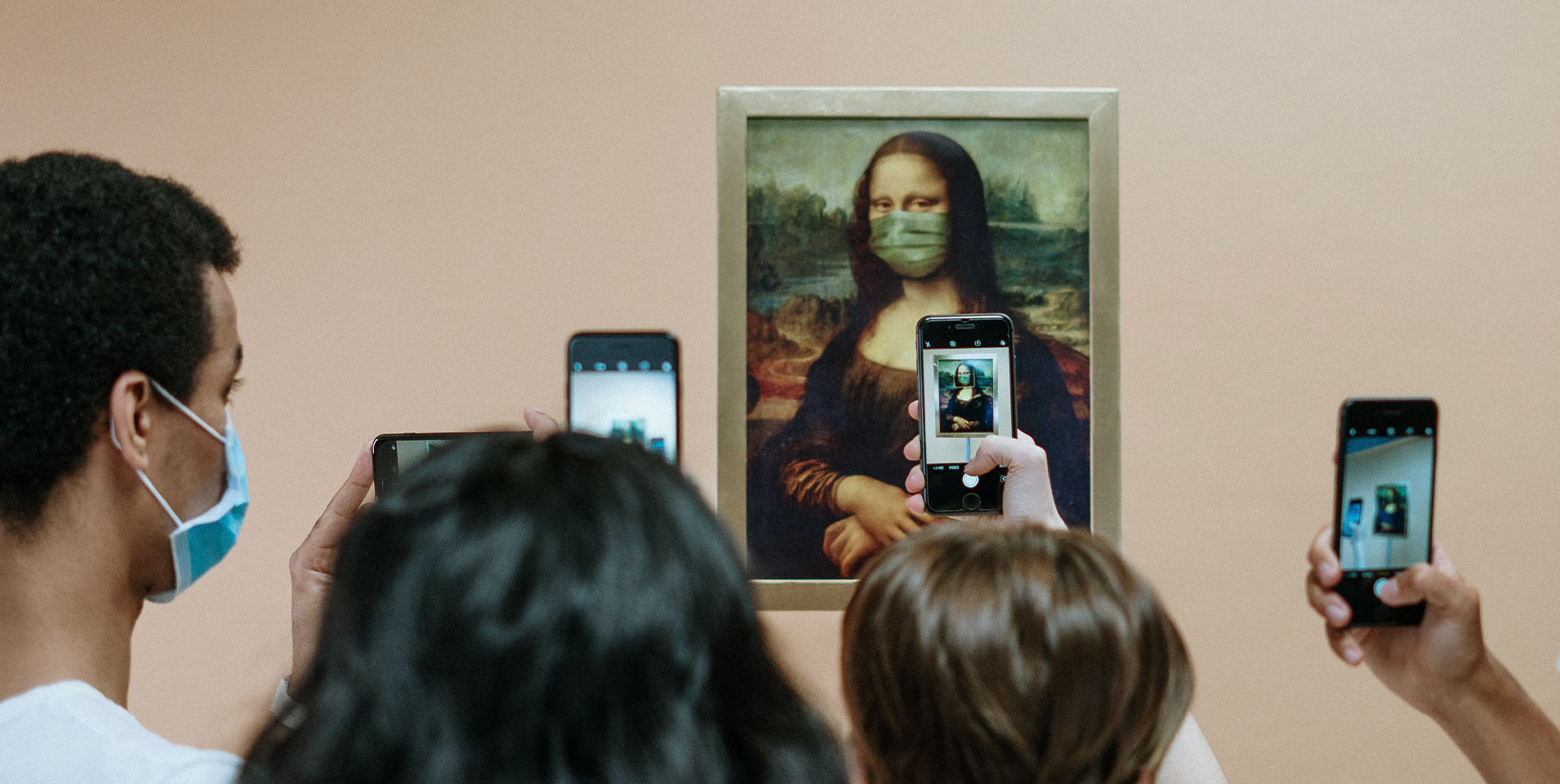
The Arts vs Covid-19. Against the raging storm.
While Covid-19 has ravaged many industries and disciplines, few have faced the oblivion that performing arts companies, galleries and collaborative studio spaces have. The hit was immediate, without recourse and impacted every person, from artists to producers and venue managers.
The responses of governments has reflected capacity and ideology, measured variously by how far down the list the Arts has been in access to senior government bureaucrats or politicians, the quantum of assistance released, and, the design of that assistance (the specific activities it incentivises).
On the whole, Australian governments have acted, and positively. Consider, if you will, the Mayor of Philadelphia who just cancelled his city’s entire arts budget. What is most perplexing in that case, is the almost insignificant impact the saving will make: the arts component was just $4.4 million of a $4.5 billion budget.
At what cultural cost? At what cost to the hopes of many, and the productive distraction of the unemployed?
Those kinds of questions take us back to definitions of value – worthy as they are, and yet perennially unsolvable. Although government agencies and philanthropy have managed to edge us toward a better definition of the impact of the arts, it only takes a crisis such as that we are experiencing right now, to focus the public consciousness on ‘the economy’.
And the economy is currently a blood sport, with each industry rushing to validate the jobs saved or made through increased stimulus. Unless you are a major cultural institution, it’s hard for the arts to win in that arena.
So, what if we said, ‘we’re on our own’ – at least for now. Where can arts companies look for opportunities to engage audiences, raise revenue and be visible (and influential) in the closed and open forums that will decide the shape of society to come?
The Arts vs Covid-19. Directions.
This is the first salvo in Ellis Jones’ fight for, and with, the Arts during unprecedented times. It is sharing of our internal dialogue, and it is making new some of our early ideas that were previously not quite of their time but now feel much more present.
- Artists interrogate social situations, responding to them in creative and innovative ways. Put them to work. Challenge society and industry with a different perspective of what ‘next’ could be. Follow the lead of the City of Melbourne, for example, that actively places artists in policy and program innovation settings. The experienced artistic leaders we know are deep and lateral thinkers who go way deeper than the present management consulting bluster, which too often amounts to an iteration of the status quo. They are empaths and fearlessly vulnerable. Find themes, channels and uses for this thinking. Set challenges, invite collaboration. Because Australia needs to be bold.
- For many years, governments have been seeking platforms to link the Arts and commercial creative industries. We now have a burning platform – Covid-19. Collaboration between artists and designers has produced astounding innovations. What other unconventional collaborations could we foster? Experiment with the most extreme divergence: artists x young people x renewable power? It is the only way that arts companies will be able to break constraints applied to, and accepted, by them. The stage can be so much bigger.
- Film Victoria reports there is an appetite for content like never before. It is being driven by the rise of streaming platforms and made voracious by the reality of lockdown. Having quickly dashed through everything they planned to see, people now have the chance to explore a little – and do so privately, without the fear of peer judgement or impostor syndrome. If there is something we felt, but now know acutely, there is a comfort in the formulas of Hollywood but the emotional curve of each film flattens (pardon the pun) as we become used to it and numb to the predictable provocations. Thank you,SBS, for the re-run of Wings of Desire! Disney, pick up your game, broaden the scope. The new global competition of platform dominance and fragmentation in streaming is upon us. Or maybe not. In which case, let us establish a new platform. If governments will invest in airlines, why not ‘art-tech’?
- The performing arts call a stage, amphitheatre or festival ground home. The transition to digital production and staging has mainly taken the form of diarising physical performances. Now we are seeing stacked formats. Musicians were the first to jump, supported by savvy producers used to scrapping for income and market visibility (did you see Isol-aid?). There can also be a global audience via those platforms. Take the art out of the theatre and the potential for reaching millions of passionate arts audiences follows. That is a very new experience for most contemporary performing arts in Australia. It is a journey already travelled by other forms of art and entertainment. The lessons have been learned; the risks reduced. What content ‘works’ digitally? What technology is accessible (in terms of cost, availability and technical support) to arts companies? What is the platform strategy: broadcast vs streaming vs social media? Good design challenges for a creative industry partnership.
These four directions are relatively unformed; but that is the point! If the design thinking movement has taught us anything, it’s who you bring to the problem that is fundamental to the outcome. Gather divergent thinkers with distinct deep domain knowledge and pose a question with an underlying set of principles.
If governments and philanthropy can fund the process, the outcome should fund itself.
Ellis Jones is planning a series of free virtual forums for arts leaders featuring digital transformation experts and other thinkers.
If that resonates, contact us to register your interest.
And, to see what a merging of digital and real-life experience may look like, see what we’ve done with the Abbotsford Convent.

